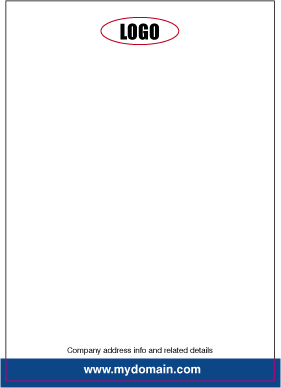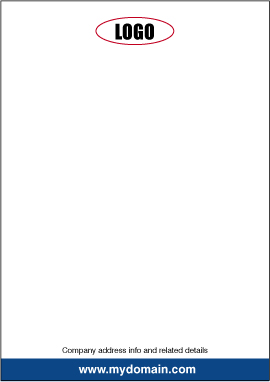Stock Photos
 We’ve lost count the number of times we’ve been asked whether we supply stock photos. Unfortunately we don’t, but decided it might be helpful to feature one of the UK’s largest stock photo sites – Fotolia.
We’ve lost count the number of times we’ve been asked whether we supply stock photos. Unfortunately we don’t, but decided it might be helpful to feature one of the UK’s largest stock photo sites – Fotolia.
What is Stock Photography?
A stock photograph is an image, usually supplied in a digital format, that can be used for commercial and non-commercial use. Prior to the ‘digital age’ and the internet anyone requiring a hi-resolution photograph for a project would need to select an image from a printed catalogue, arrange payment and then wait for the image to be saved to CD and sent via post/courier.
 Many design agencies, commercial printers etc. usually purchased ‘themed’ CD’s with a 100 or so quality images. This had its drawbacks as many of the images were never used in projects, but still had to be paid for.
Many design agencies, commercial printers etc. usually purchased ‘themed’ CD’s with a 100 or so quality images. This had its drawbacks as many of the images were never used in projects, but still had to be paid for.
These days, with high-end digital photography available to the masses, finding and purchasing that ideal picture is far easier, and much more affordable!
 Many non-professional photographers are now offering their ‘best shots’ for sale on sites such as Fotolia. Images stored at Fotolia are licensed on behalf of the submitting photographer and prices start for as little as £0.10p.
Many non-professional photographers are now offering their ‘best shots’ for sale on sites such as Fotolia. Images stored at Fotolia are licensed on behalf of the submitting photographer and prices start for as little as £0.10p.
- Stunning images for your website from just £0.10p
- Quality assured by Fotolia’s team of professional photographers & designers.
- International database – millions of stock photos from over a hundred countries
- Large range of categories including business, concept, lifestyle, sport & travel.
- Powerful search engine to help you find the ideal stock photos for your website.
- Flexible royalty free licences – no limits on image usage.
- Instant free account signup.
Free Stock Photos
Fotolia also provide some hi-res royalty-free stock photos completely free of charge. New ones are available every week.
Who needs a stock photo, and why don’t I just use an image I’ve ‘found’ on the net?
Apart from the very obvious copyright issue, most images you find on the web usually have a resolution of 72dpi (dots per square inch). The monitor you are reading these words on will probably have a similar resolution. This means that viewing a 72dpi image onscreen will usually give great results.
However, if you need to have your image printed professionally, then a higher resolution will need to be supplied. I won’t bore you with the technical explanation of why this is, suffice to say that whoever prints your image will probably need an image of at least 300dpi.
An easy way to ‘visualise’ this is to load any 72dpi picture into your favourite picture editor. Set the view at 100%. The picture looks great, unless you’ve used a poorly-taken one to begin with. Now, set the view to 150% or 200%. You’ll now notice the picture is not looking so good and is beginning to ‘break up’ and becoming blurry.
This is the same that happens when trying to print a low-res image on a high-res system. (The imagesetter that produces the film can often have a resolution way in excess of 2000 dpi!).
The only way you are going to get great results when sourcing your pictures is to choose a high resolution image!
How do I find a suitable hi-res image?
Whether you use Fotolia or one of the other major players out there such as Getty, iStock etc. you’ll have no problem finding an image. The images normally come in a range of sizes from extra small upwards. The pics on this page are extra small. The larger the size you need, the more you pay, but it’s only a little extra to get the full size.
Just remember, it’s ok to make a pic smaller, but not enlarge it without sacrificing quality.
Visit Fotolia Site


